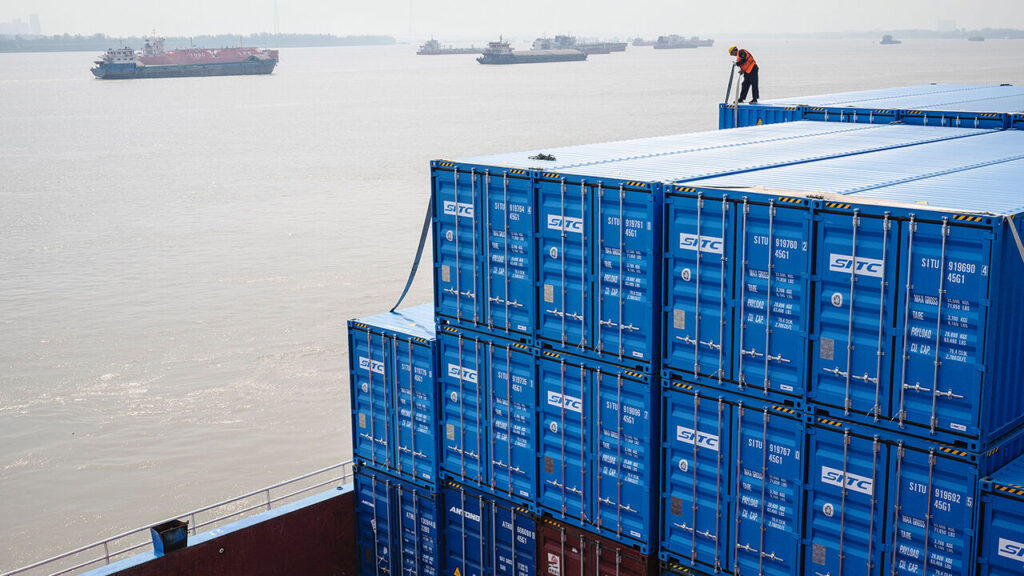The “Trump Round” of trade negotiations, a term coined by Jamieson Greer, who serves as America’s trade representative, epitomizes the shifting landscape of international commerce. Designed to reaffirm the United States’ prominent role in the global economic hierarchy, these negotiations represent a strategic pivot from established norms towards a more unilateral approach. It is a new paradigm that reflects current administration priorities and aims to showcase American strength in a world increasingly characterized by economic competition and geopolitical tensions.
A noteworthy voice in this narrative is Peter Navarro, a seasoned adviser to former President Donald Trump. Navarro, known for his fervent views on trade policy, posited that Trump’s approach to trade could be worthy of a Nobel Prize in economics. He asserted that the strategies implemented by Trump illustrated how the world’s largest economy could effectively influence and shape global commerce to align with American interests. This bold statement underscores the administration’s belief that the United States should not only engage with but also lead the reformation of international trade rules.
At the heart of the Trump Round is the ambition to dismantle the previously established order of trade, which had been upheld, albeit imperfectly, by the World Trade Organization (WTO). For years, the WTO served as a platform for multilateral negotiations, aiming to create a balanced and fair trading environment among nations. However, the Trump administration perceived this framework as detrimental to U.S. economic interests, arguing that it often favored the wrong participant, hence warranting a shift towards a more USA-centric view of commerce.
The vision promoted by the White House is one where the United States not only navigates through existing trade agreements but also restructures the foundation of global trade to place American priorities front and center. This realignment signifies a departure from multilateralism, emphasizing bilateral agreements that are viewed as more advantageous to American stakeholders. The belief here is that by renegotiating trade pacts on a country-by-country basis, the U.S. can secure better terms that align closely with its economic and strategic interests.
This approach also reflects broader themes of nationalism that have surfaced in many countries over recent years. In shifting away from global interconnectedness, the Trump Round signifies an intention to prioritize domestic industries and workers, addressing concerns about the impact of globalization on the American workforce. The assertion is that by putting “America First,” the negotiations will yield a favorable economic landscape that bolsters domestic manufacturing and addresses trade imbalances.
However, this reorientation does not come without challenges. Critics argue that such a singular focus could lead to increased tensions with traditional allies and trading partners, as well as possible retaliatory measures that could escalate into trade wars. The renegotiation of longstanding agreements, coupled with a reluctance to adhere to multilateral standards, could alienate U.S. partners and undermine previously established economic relationships.
Moreover, there is a broader question of sustainability regarding this approach. A unilaterally driven trade policy may yield short-term gains but risks long-term isolation in a world where economic dynamics are in constant flux. The effectiveness of the “Trump Round” will ultimately depend on the ability of American negotiators to find a balance between safeguarding national interests and participating in a cooperative global economic framework that benefits all parties involved.
In conclusion, the “Trump Round” strategies articulate a significant shift in U.S. trade policy, characterized by an emphasis on direct negotiations and unilateralism. While the potential benefits of this approach are acknowledged by its proponents, there remain critical challenges and possible repercussions that could unfold in the years ahead. As the world continues to evolve, the true impact of these negotiations will reveal themselves through the responses of both allies and rivals in the complex arena of global trade.









